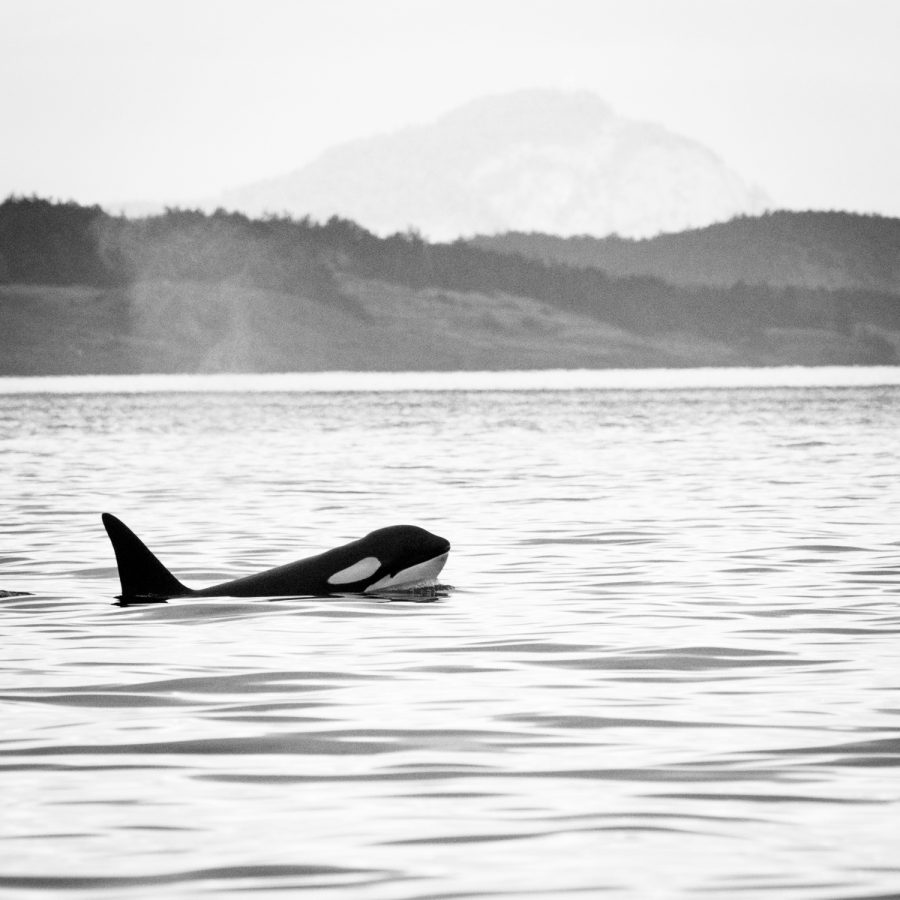Opinion: why Willy should be freed
I grew up watching movies like “Free Willy,” “Soul Surfer” and “Dolphin Tale,” and I spent most of my childhood mesmerized by the ocean and all of its animals. Even though I somewhat feared the beast-like animals, I would soon fall in love with them.
I was 5 the first time I went to SeaWorld. I was drawn in by the beautiful black and white orcas and the energetic dolphins swimming around in their artificially blue tanks, and I fell in love with the place. As I have grown up, though, I realized that those animals don’t belong in tanks, they belong in the wild. Worldwide Empty the Tanks Day is today and I want to spread awareness of the horrid conditions these animals are forced into.
Often, when I talk to people about how marine mammals belong in the ocean and shouldn’t be in captivity, I am met with the “but they are educational” argument. The truth is, many of the seaquariums that hold orcas, dolphins and whales do not care about education. Look at SeaWorld. The entire premise of its existence is entertainment and to make money. While it may be educational to learn a little about sea mammals on a trip, people are more likely to enjoy riding the roller coasters and watching these animals splash around.
Often, the things that are “taught” don’t even include all the facts. Average lifespans are fudged, family structures are ignored and the lie is told that animals in captivity are happy just so seaquariums can make a profit off of exploiting animals for human enjoyment.
Marine mammals that are kept in captivity aren’t happy, nor are they healthy. In captivity, orcas are snatched away from their highly intelligent, matriarchal pods, which they rely on to learn how to hunt and navigate the oceans. When taken away from their pods and forced into a tiny, 350 feet long concrete pool, orcas are forced to rely on their trainers for food, which is often withheld to discipline the whales.
They also can become extremely bored by not being able to swim as far as they are accustomed to in open waters. Even if the animals are bred in captivity, their biological urge is to swim long distances to catch fish. Also, the minimal size of the tanks are detrimental to the animal’s health. Sometimes, due to boredom, the whales are driven to chew on concrete, swim into the concrete walls, or show aggression against tank-mates. These activities lead to health problems such as tooth decay, intestinal issues and infections from aggression wounds.
Another major issue that marine mammals in captivity face is the way the seaquariums are “supplied” with the animals. Many of the original orcas at SeaWorld and other sea parks came from massive whale drives, namely the Taiji whale drives, the Puget Sound, Washington drives of the 1960s and 70s, and the whales taken from Iceland; while there are now certain protections of orcas put in place by the U.S. and other countries, it is not enough. There are still dolphin hunts in Taiji, Japan that capture and kill dolphins for sale into solitude and there are still orcas and dolphins being captured and sold across the world into countries such as China and Russia.
While most of the orcas who were snatched up in the Puget Sound hunts have now died in captivity, there is one named Lolita who resides in isolation at the Miami Seaquarium. Out of all of the orcas in the United States, Lolita lives the most isolationist life. She is shoved in her tiny tank, which is only 80 feet long and 20 feet deep, and she hasn’t seen another whale since her companion Hugo died in 1980 after repeatedly ramming his head into the wall. Her tank barely meets the Animal Welfare Act guidelines, and many activists call for her release, or at least to build her a larger tank.
Especially after this past year of having to be in quarantine, humans should take another look at the captivity of animals, primarily marine mammals such as orcas, and on Worldwide Empty the Tanks day, I encourage everyone to advocate for these animals who can’t speak for themselves. Some great sources to start learning about the captivity and mistreatment of marine mammals and ways to help are the documentaries “Blackfish” and “The Cove” and starting with websites such as “The Dolphin Project” and “Whale and Dolphin Conservation” for research.

Senior Kate Knauff is the news section editor and this is her third year on staff. She enjoys drinking coffee, hanging out with her friends and watching...




candace c miyatani • May 9, 2021 at 3:12 PM
Kate–thank you for this well written article that conveys the truth about cetaceans in captivity. I hope more people can read this and learn and then stop going to ‘the sea worlds’ everywhere. I hope in my life time these shows can end, but it may take the next generation for it to occur. Keep writing–you have important ideas to share!